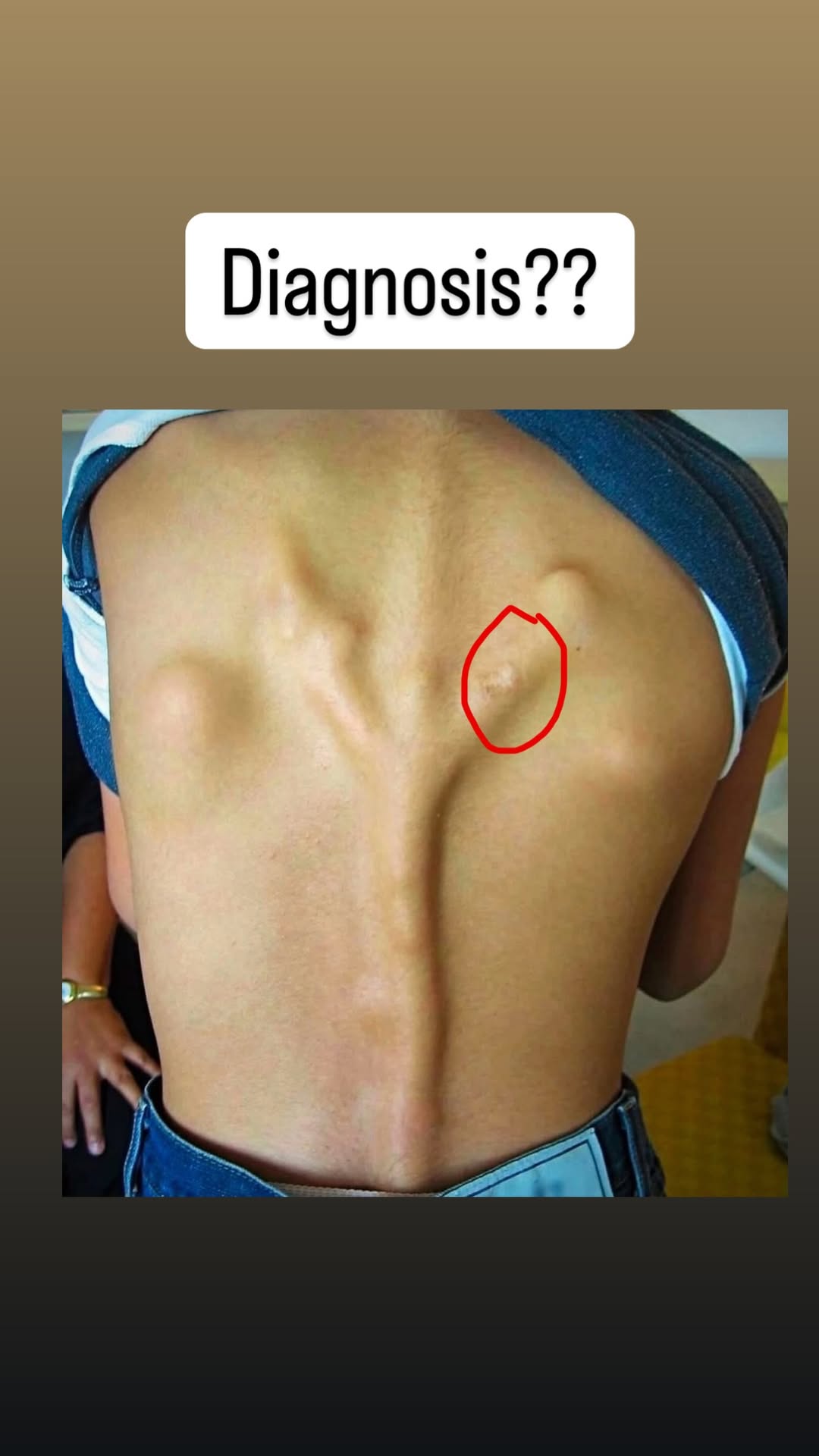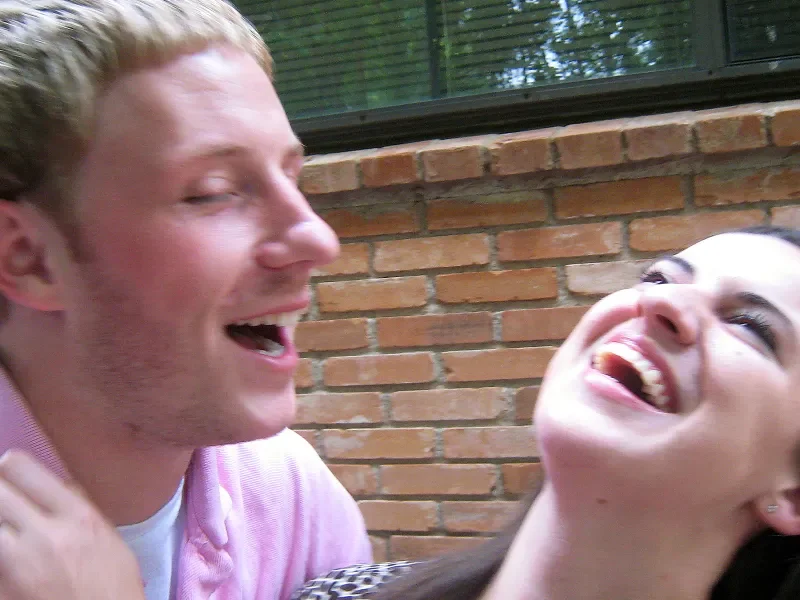Back pain is one of the most common complaints in the outpatient setting. While most causes are related to either the bone contacting the nerves as they exit the verbral canal or strain of the lumber muscles, it’s important to be able to confirm this cause with the exam and know when more serious causes such as malignancy, infection (e.g. lumbar osteomyelitis) and inflammatory arthritis, to name a few.
The first part of the low back exam starts with inspection. First note the contour of the spine. Appreciate the normal posterior curviture of the upper spine (kyphosis) and the normal anterior curviture of the lower spine (lordosis). Lack of lumbar lordosis (i.e. a flat lower spine) is often associated with low back pain. Inspection is best done by first observing your patient first standing upright, then again bending forward while still standing (as noted in the image).
Abnormal Findings Upon Inspection in the Low Back Exam
For the second part, palpation, we generally focus on two areas:
1) The center of the back or the spinal region. Pain here suggests pain from the from the vertebra
2) Just lateral to the center or para-spinal regions. Pain here suggests pain from a muscle strain of the paraspinal muscles.


